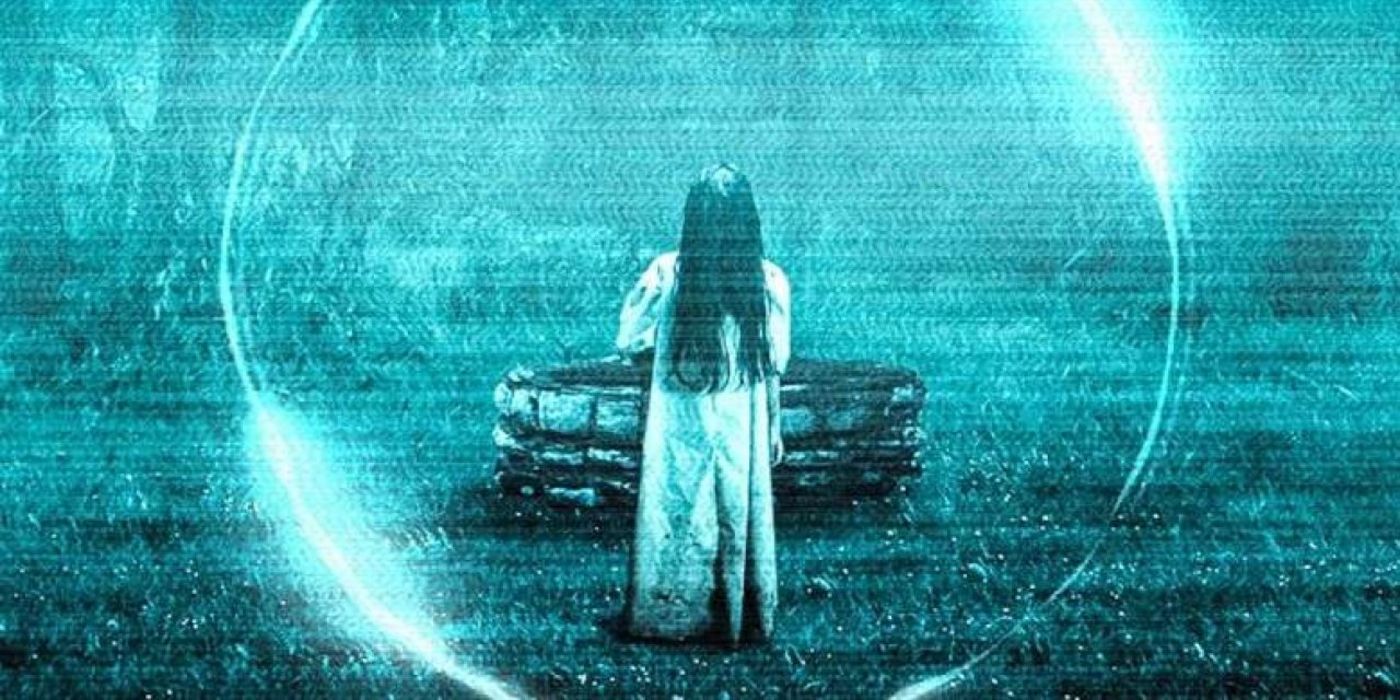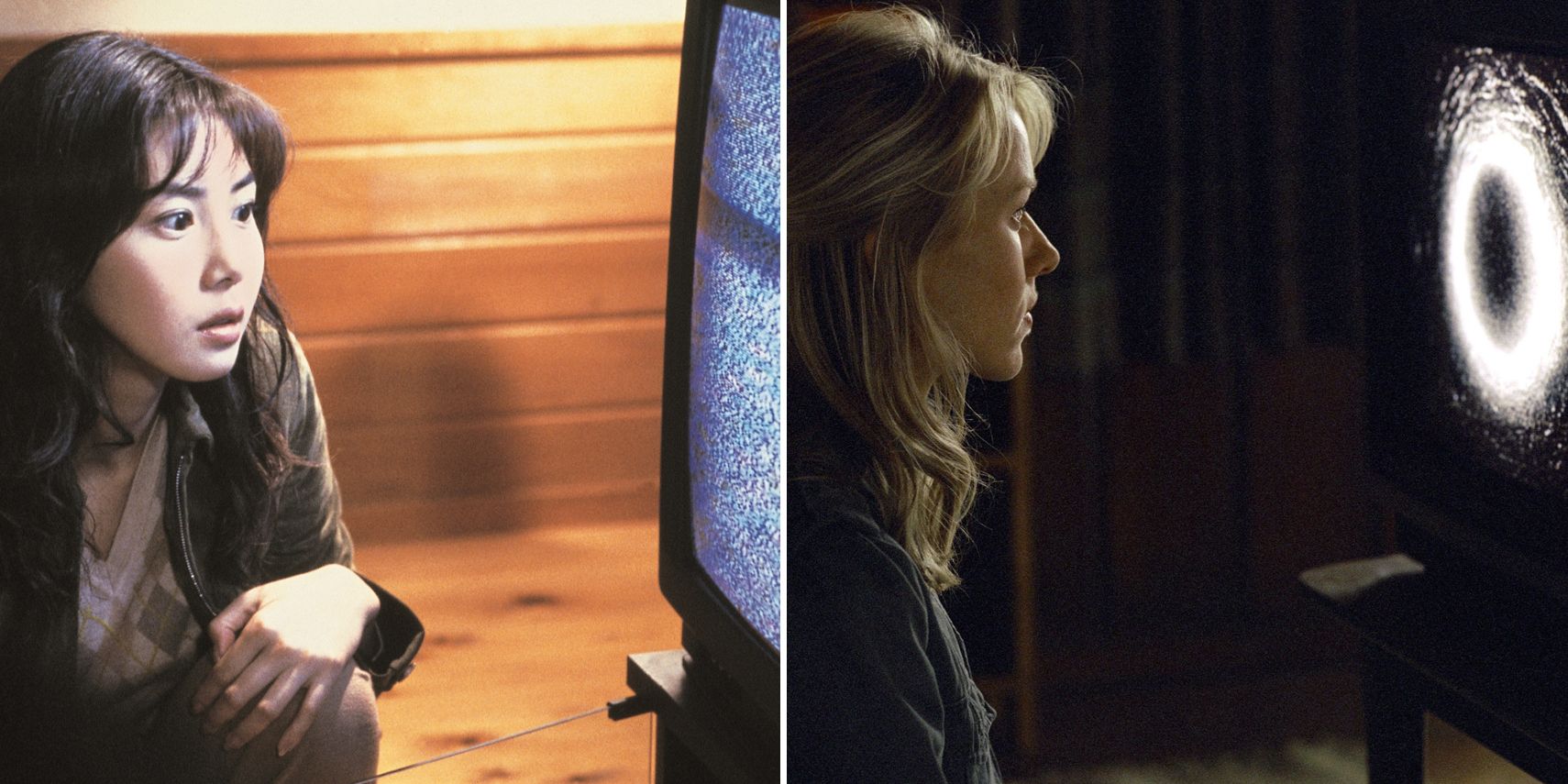The 1991 novel Ring, written by Koji Suzuki, got a Japanese movie adaptation of the same name in 1998, and an American adaptation titled The Ring in 2002. Both the Japanese movie and the American remake often differ from the original source material. Suzuki released two sequels to the first book throughout the 1990s, creating a trilogy, but the 1998 and 2002 movies are solely based on the first book. Before the two renowned movies came into existence, there was a television movie adaptation in 1995 and a series in 1998. There was also a South Korean version of the movie that came out in 1998 called The Ring Virus.
The original movie adaptation of Ring was directed by Hideo Nakata and stars Nanako Matsushima, Miki Nakatani, and Hiroyuki Sanada. This movie has garnered a serious fan base over the years. But the 2002 movie, directed by Gore Verbinski, is definitely better known, at least among U.S. viewers. It was an instant hit upon its release, and has garnered a cult following since its release. The movie stars Naomi Watts, David Dorfman, Martin Henderson, Brian Cox, and Daveigh Chase. The movie was such a success that it spawned two sequels - The Ring Two in 2005 and Rings in 2017 - though they did not reach the critical acclaim of the first entrant of the franchise.
The plot of both the original movie and the American remake centers on an investigative journalist - Rachel Keller (Watts) in the American adaptation and Reiko Asukawa (Nanako Matsushima) in the original Japanese version. In both stories, the character is looking into the mysterious deaths of several high school students. Each of them died seven days after watching an apparently cursed video tape. In each respective movie, Rachel and Asukawa watch the tape themselves, and become haunted by a ghostly girl. Rachel/Asukawa tries to find a way to lift the curse before seven days come to an end. While both the Japanese and American adaptations center on this general plot, they each differ from the source material slightly. Both movies instantly differ from the novel by focusing the story on a woman rather than a man. The novel follows the story of Kazuyuki Asakawa, who is a reporter, the uncle of one of the deceased teenagers, and a believer in things like ghosts and UFOs. In the book, Asakawa brings in his friend - a psychopath - to help him with the mystery. The original movie has the lead character bring her college professor ex-husband into the picture. In the American remake, the protagonist brings her ex-boyfriend Noah to help.
The Ring: Every Major Difference Between The Book & Movies
The original version of the movie was definitely more loyal to the book in that it also fixated on Japanese characters in a Japanese setting. The 2002 remake was Americanized in order to attract U.S. viewers. The remake takes place in the city of Seattle rather than in Japan, and all the characters are American. The antagonist is named Samara Morgan rather than Sadako Yamamura. Overall, all of the story's small and large details, like characteristics and cultural references, had to be altered in order to be fit for U.S. viewers. However, many say that the movie is the best American remake of a Japanese horror movie.
In the book, Asukawa's wife and infant daughter view the tape, spurring him to race against the clock to save their lives. In the movies, though, it's the lead character's son who ends up watching the tape. In the original movie, Asukawa's son says it's because the ghost of his dead cousin convinced him to do so, while in the American remake he simply tells Rachel he watched it because he couldn't sleep. The Japanese adaptation contains many more small supernatural elements like this, which the book is also full of. The American remake strayed away from the more unbelievable paranormal details. For instance, in the book and the original movie, both versions of Asukawa uncover several aspects of the mystery via psychic encounters, nightmares, and visions. In the 2002 remake, which cut about half of the story told in the original movie adaptation, Rachel has one vision near the end, but most of the time she discovers things simply by having conversations with people and conducting research.
In the end, both Ring and The Ring do a great job of telling Suzuki's twisted horror story to their respective audiences. Ultimately, the original movie is more loyal to the book since it keeps the Japanese characters and settings as well as several cultural references and paranormal elements. The American movie has gained more of a fan base over the years, perhaps due to its larger viewership, A-list casting, and different way of storytelling. American and Japanese horror movies certainly differ in the way they are told, with the latter turning more to dream scenes and supernatural imagery and the former using more straightforward plot points, making concepts easier to understand in order to appeal to a larger audience.


